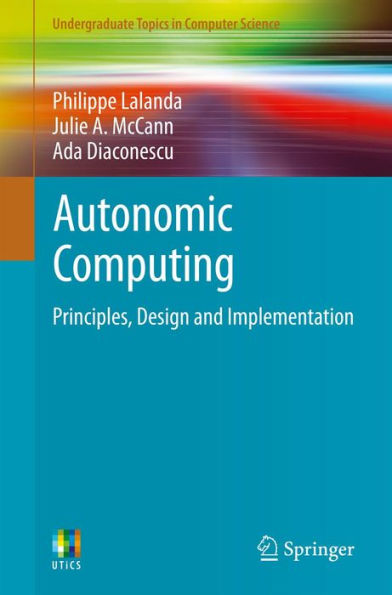This textbook provides a practical perspective on autonomic computing. Through the combined use of examples and hands-on projects, the book enables the reader to rapidly gain an understanding of the theories, models, design principles and challenges of this subject while building upon their current knowledge. Features: provides a structured and comprehensive introduction to autonomic computing with a software engineering perspective; supported by a downloadable learning environment and source code that allows students to develop, execute, and test autonomic applications at an associated website; presents the latest information on techniques implementing self-monitoring, self-knowledge, decision-making and self-adaptation; discusses the challenges to evaluating an autonomic system, aiding the reader in designing tests and metrics that can be used to compare systems; reviews the most relevant sources of inspiration for autonomic computing, with pointers towards more extensive specialty literature.
1114514036
Autonomic Computing: Principles, Design and Implementation
This textbook provides a practical perspective on autonomic computing. Through the combined use of examples and hands-on projects, the book enables the reader to rapidly gain an understanding of the theories, models, design principles and challenges of this subject while building upon their current knowledge. Features: provides a structured and comprehensive introduction to autonomic computing with a software engineering perspective; supported by a downloadable learning environment and source code that allows students to develop, execute, and test autonomic applications at an associated website; presents the latest information on techniques implementing self-monitoring, self-knowledge, decision-making and self-adaptation; discusses the challenges to evaluating an autonomic system, aiding the reader in designing tests and metrics that can be used to compare systems; reviews the most relevant sources of inspiration for autonomic computing, with pointers towards more extensive specialty literature.
44.99
In Stock
5
1

Autonomic Computing: Principles, Design and Implementation

Autonomic Computing: Principles, Design and Implementation
Related collections and offers
44.99
In Stock

Product Details
| ISBN-13: | 9781447150077 |
|---|---|
| Publisher: | Springer-Verlag New York, LLC |
| Publication date: | 05/13/2013 |
| Series: | Undergraduate Topics in Computer Science |
| Sold by: | Barnes & Noble |
| Format: | eBook |
| File size: | 2 MB |
About the Author
From the B&N Reads Blog
